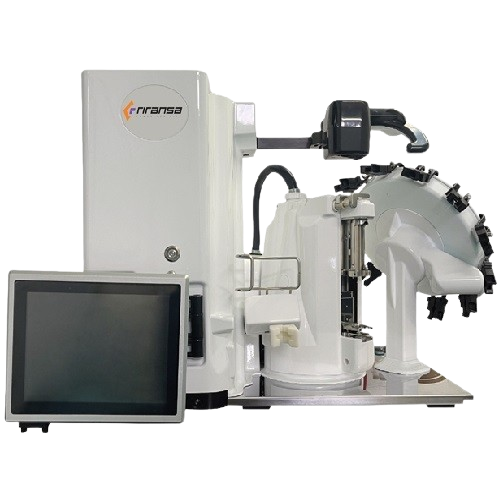Empowering Healthcare, Innovating Solutions, Transforming Lives

A drug compounding robot is a sophisticated piece of machinery used in pharmacies and hospitals to automate the process of preparing medications. Here are some details about how they work and their features:
Automation: Drug compounding robots are designed to automate various steps involved in the compounding process, including measuring, mixing, and dispensing medications. This automation helps to reduce errors and ensures consistency in the preparation of medications.
Accuracy: These robots are highly accurate, capable of precisely measuring and dispensing small quantities of ingredients to create customized medications. This accuracy is crucial for ensuring the safety and efficacy of compounded medications.
Safety: Drug compounding robots are equipped with safety features to prevent contamination and ensure the integrity of the medications being prepared. They may include features such as sterile compounding chambers and automated cleaning processes to maintain aseptic conditions.
Customization: One of the key benefits of drug compounding robots is their ability to customize medications according to the specific needs of individual patients. Pharmacists can input the required formulation and dosage parameters into the robot’s software, and it will accurately prepare the medication accordingly.
Workflow efficiency: By automating the compounding process, these robots help to streamline workflow in pharmacies and hospitals, allowing pharmacists and pharmacy technicians to focus on other important tasks such as patient counseling and medication management.
Integration with pharmacy systems: Drug compounding robots can be integrated with pharmacy management systems to streamline ordering, inventory management, and documentation processes. This integration helps to ensure seamless communication and coordination within the pharmacy workflow.
Regulatory compliance: Drug compounding robots are designed to comply with regulatory standards and guidelines for medication compounding, including requirements for sterile compounding practices and quality control measures.
You cannot copy content of this page
WhatsApp us